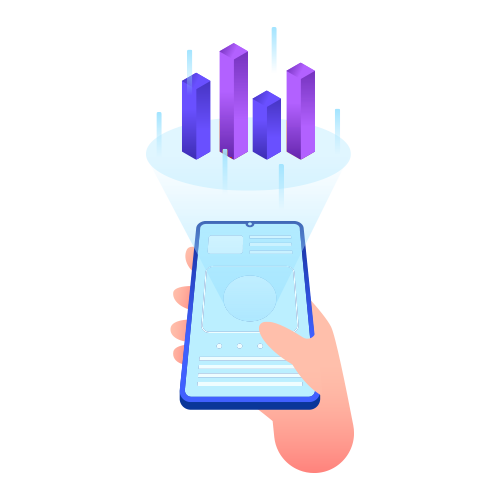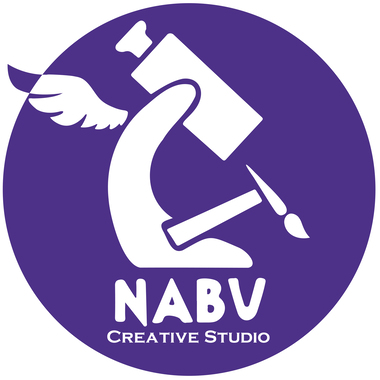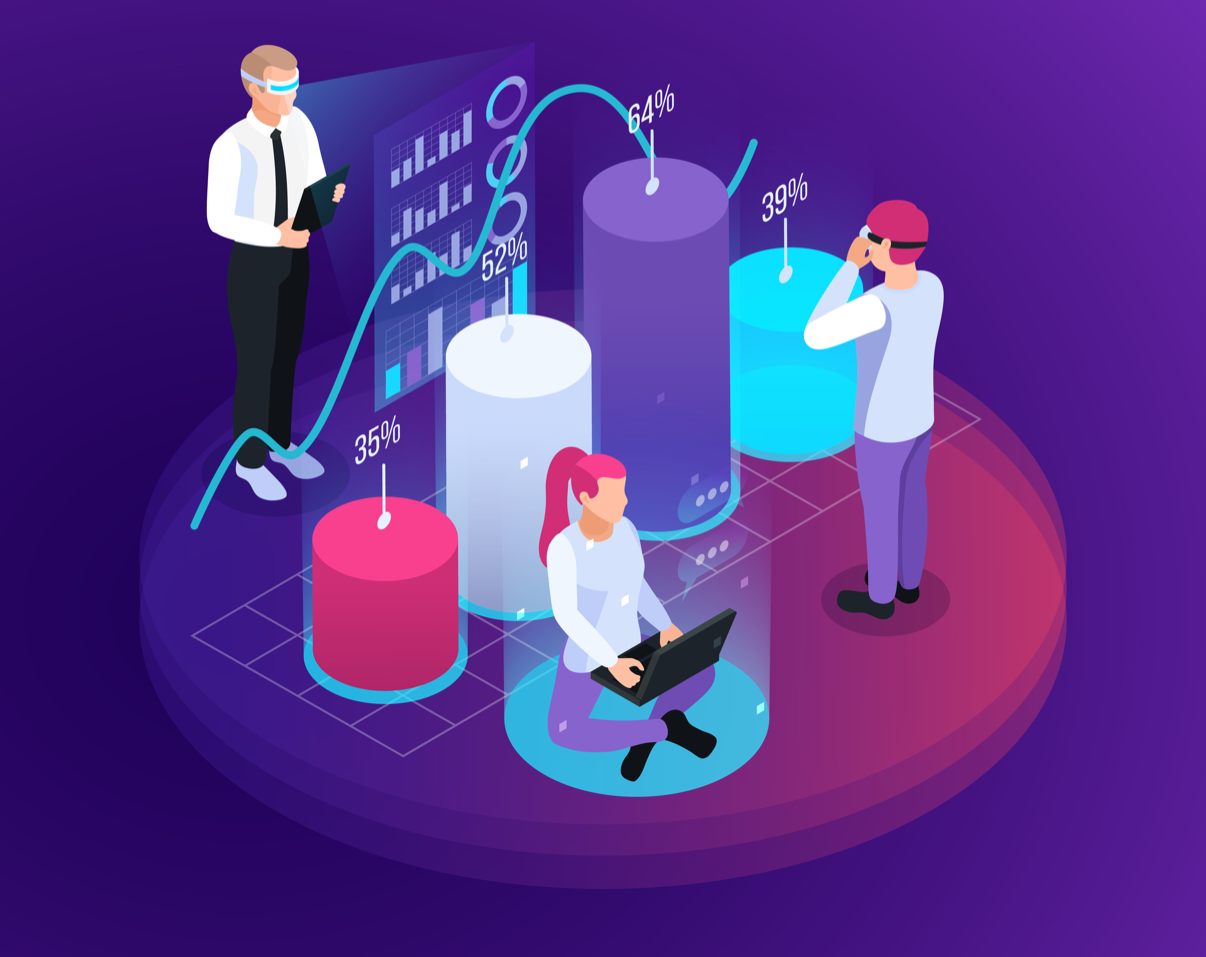
R&D – digital realities
The interaction between Man and a Digital reality, parallel to the physical one, with novel functionalities: what until a few years go only seemed a fascinating science fiction dream, nowadays is revealed as a tangible opportunity.
Thanks to the technological progress of the last twenty years multiple digital options are now available1, belonging to the following categories:
- Augmented reality: providing to the physical reality an additional layer of information by implementing digital elements accessible through smartphones and visors;
- Virtual reality: immersion, navigation and interaction in a digital reality totally unrelated to the physical one, living through a visor a truly multisensorial experience;
- Mixed reality: simultaneously moving and interacting with both the physical and the digital realities, even when unrelated.
Mainly known to the general public for their impact on gaming (just think about the augmented reality application Pokèmon Go), digital realities are starting to be revealed as valid resources for the science and technology universe, with several applications in fields such as:
- Healthcare: facilitating surgery through devices that by reconstructing in 3D the target anatomic site provide the surgeon information that cannot be acquired through a simple camera2;
- Education: engaging students through virtual realities where they visualize in 3D the scientific topic from its multiple sides. Disassembling, reassembling and manipulating the 3D reconstruction and exploiting logical and creative thinking to deeply understand the topic3;
- Scientific research: facilitating the analysis and the understanding of complex scientific phenomena through 3D reconstructions that can be modified by the researcher4.
Virtual reality5
Augmented reality, virtual reality and mixed reality are nowadays tangible materials, yet still raw because of their young age – thus to be optimized in aspects such as:
- Accessibility: the visors necessary to live the digital experience are costly and therefore difficult to be afforded by the general public;
- Accurate 3D rendering of the topic;
- Feasibility of a multisensorial – not only visual, but also audio and proprioceptive –experience;
- Effective interaction with the 3D reconstruction and with the other users living the same experience.
Nabu Creative Studio, with its varied team of scientists, software developers, graphic designers and in collaboration with potential partners of interest aims to perform research & development toward these directions and create in the next future an always more intense and valuable flux between the physical and digital realities.
- Demystifying the Virtual Reality Landscape. Intel
- Augmented Reality and Virtual Reality. Pmf Research.
- Virtual reality and augmented reality in social learning spaces: a literature review. Virtual Reality. Doi: 10.1007/s10055-020-00444-8
- Social science goes virtual. Nature. DOI: 10.1038/448647
- Virtual reality. Designed by macrovector / Freepik.

